Living a long healthy life—this is undoubtedly a wish held by most people, whether big or small. There is a national research and development project aimed at getting one step closer to such aspirations. This is Goal 2 of the Moonshot Research and Development Program: "Realization of ultra-early disease prediction and intervention by 2050 " (hereinafter referred to as "Goal 2"). On March 29, approximately four and a half years after research began, the "Public Forum 2025—From Treating to Preventing Medicine (organized by the Japan Science and Technology Agency)" was held at Miraikan (National Museum of Emerging Science and Innovation) in Odaiba, Tokyo.
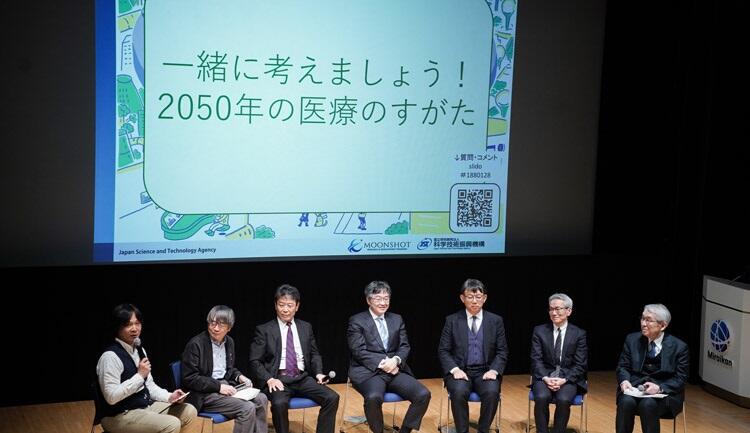
Active intervention at the "pre-disease" stage to restore healthy conditions
Even 1,300 years after the era when the legendary Yang Guifei pursued immortality, health and longevity remain unchanging themes for humanity. Rather, it could be said that this desire has transcended the individual level. This is because strained medical resources and ever-expanding social security costs are casting dark shadows over our future.
Additionally, once a person is afflicted with a serious disease, not only is their life itself threatened, but their quality of life (QOL) also deteriorates significantly. To achieve "well-being (physical and mental health)," which is the common mission of the Moonshot Program and its ten goals, we can say that the realization of "from treating to preventing medicine" is a cherished aspiration.
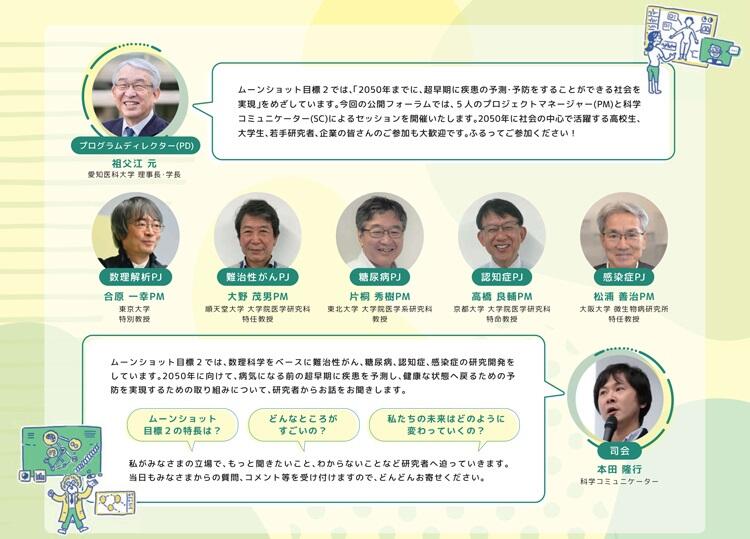
Incidentally, it goes without saying that modern "medicine" is the act of dealing with people who have already contracted diseases. However, the aim of Goal 2 is to predict the "pre-disease" stage before the onset of illness and to perform active intervention to restore healthy conditions, thereby preventing the transition to serious diseases or their aggravation in advance. However, the definition of pre-disease is complicated and difficult.
Analyzing massive data with mathematical models for quantitative identification
The first speaker to tackle the challenge of defining this difficulty was Kazuyuki Aihara (University Professor/Professor Emeritus, the University of Tokyo). Aihara, an expert in mathematical engineering, emphasized the achievements of his research regarding the definition of pre-disease: "Previously, this was broadly understood qualitatively, making it difficult to specify 'this is a pre-disease state.' However, by mathematically analyzing massive biological data, quantitative identification has become possible."
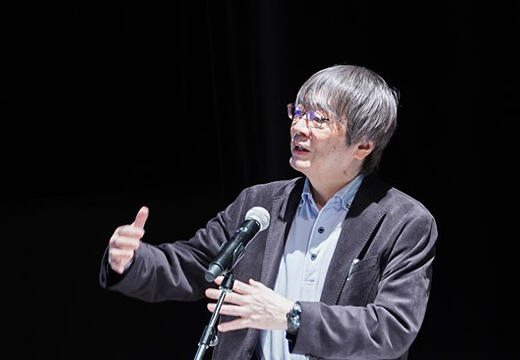
Healthy people mostly recover by taking rest even when they start to feel somewhat unwell. On the other hand, people in a pre-disease state tend to deteriorate significantly and develop illnesses if left untreated. When mathematically analyzing various biological indicators of such people, it was found that changes occur, such as abnormal increases in gene expression fluctuations just before the onset of disease. Based on these changes, Aihara succeeded in identifying people in pre-disease states who should receive intervention.
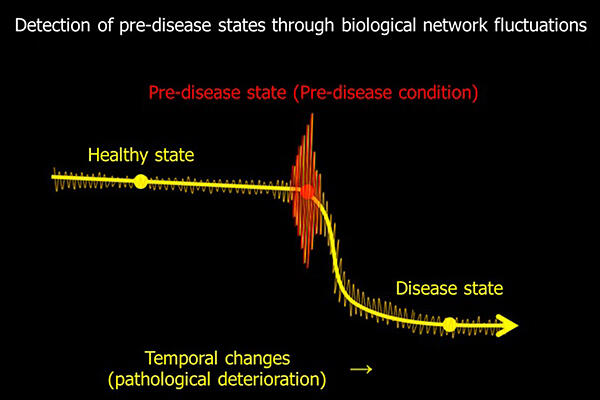
Provided by Aihara
What was extremely interesting was Aihara's comment that such methodologies for detecting early warning signs are common to areas such as power grid stability, economic trends, and traffic congestion. Goal 2 sees many projects collaborate with Aihara and others, achieving results through interdisciplinary research that incorporates mathematical models and mathematical analysis. This raised expectations that research would be further accelerated if data scientists actively participate in the medical field.
Elucidating cancer suppression mechanisms and creating momentum for social system reform
From here, disease-specific cases were introduced, with Shigeo Ohno (Special Contract Professor, Juntendo University Graduate School of Medicine) being the first to present. Ohno's research involves collecting cases before they become cancerous and investigating what is happening there. Such case collection has not been commonly carried out in the past.
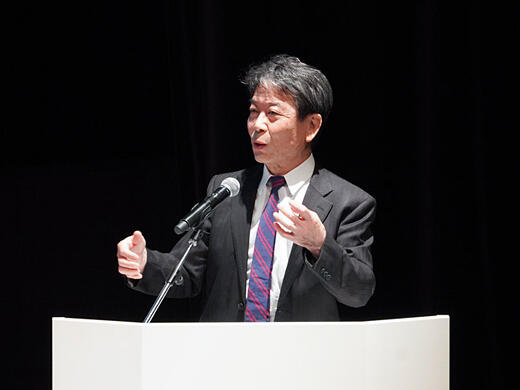
As is well known, cancer is caused by the accumulation of genetic mutations in cells. However, recent research has revealed that genetic mutations occur even in normal cells. Ohno's research team hypothesized that humans should naturally have mechanisms to suppress the development of cancer even when genes mutate, and they are promoting the elucidation of cancer development processes.
There are also challenges. Since this is an approach that has not been undertaken so far, widespread adoption requires social system reform and acceleration of clinical trials. For this reason, Ohno believes that a movement involving both the public and industry is necessary. He was enthusiastic, saying, "If research results could serve as a trigger for creating momentum..."
Predicting diabetes, utilizing smartwatches and facial images
Hideki Katagiri (Professor, Tohoku University Graduate School of Medicine), who spoke next, studies diabetes. According to the latest survey by the Ministry of Health, Labour and Welfare, the number of people receiving diabetes treatment in Japan exceeds 5.5 million. It is a national disease counted among the nation's five major diseases alongside cancer and strokes.
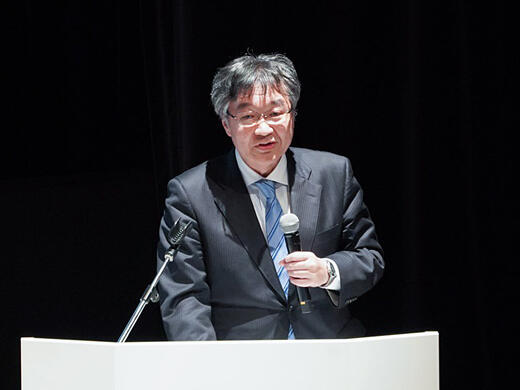
The troublesome aspect of diabetes is that it progresses without symptoms appearing. Katagiri's team's main approach is to "know early and prevent early" by promoting daily monitoring through simple methods, rather than conventional means that burden patients such as urine collection and blood sampling.
In the team's research, not only methods utilizing smartwatches but also technology to predict ultra-early diabetes pre-stages from facial still images have shown promise. Research has progressed to the point where patents can be filed for both, and practical application is expected.
Katagiri concluded his presentation by showing his patient-centered stance, saying, "Doctors have no right to restrict patients' lives. I want to support the happiness that patients pursue as much as possible."
Capturing signs of dementia from brain-organ interactions
The first speaker for the second half after the break was Ryosuke Takahashi (Professor, Kyoto University Graduate School of Medicine). Takahashi is working to elucidate the mechanism by which abnormal proteins accumulate in the brain (pointed to as a cause of dementia), and to grasp signs that appear in organs through "interactions" with the brain, thereby preventing onset in advance.
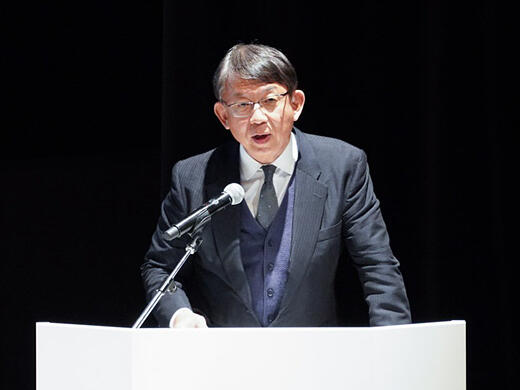
What is interesting about these interactions is that abnormal proteins often accumulate in the intestinal tract before accumulating in the brain in many dementia cases, and many people complain of constipation before the onset of Parkinson's disease, which is one form of dementia. However, it is naturally impossible to suspect dementia based on constipation alone. Takahashi believes it is necessary to further prove the causal relationship through research.
Takahashi expressed his enthusiasm for specific measures to provide appropriate intervention during the pre-disease period, stating that "the development of biomarkers and onset prevention methods is the ultimate goal."
Developing prevention strategies for each pattern of body reactions during viral infections
The final speaker, Yoshiharu Matsuura (Specially Appointed Professor, Research Institute for Microbial Diseases, the University of Osaka), is working on pre-disease intervention for infectious diseases, which has a somewhat different nature. Unlike the diseases mentioned in the previous presentations, infectious diseases often have short pre-disease periods, and their signs are also difficult to grasp. Therefore, Matsuura aims to elucidate mechanisms leading to severe illness.
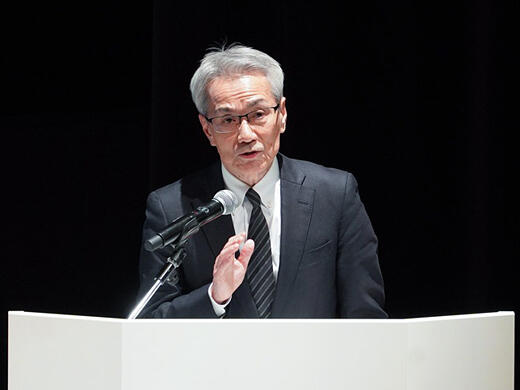
The research team classifies body reactions when infected with viruses through collaboration between immunology and mathematical science. By developing prevention strategies according to the characteristics of each pattern, they aim to enable ultra-early treatment for unknown infectious diseases and prevent their spread.
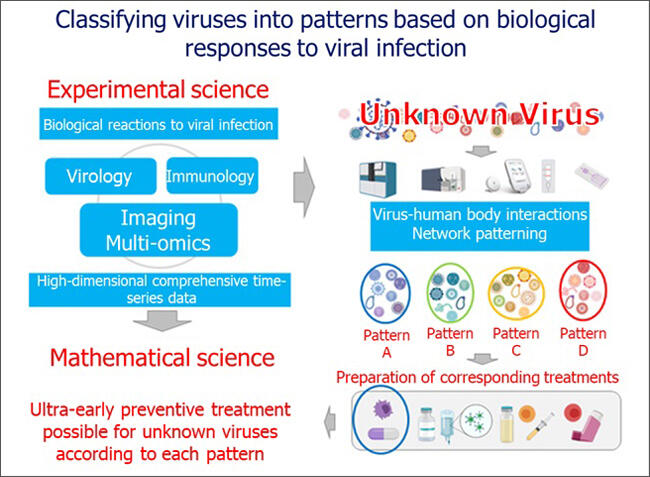
Provided by Matsuura
Many infectious diseases that have caused anxiety for humanity in recent years, such as COVID-19 and Ebola hemorrhagic fever, are zoonotic infections with animals as the source. However, this itself is not surprising, and Matsuura pointed out that 75% of emerging infectious diseases are indeed zoonotic. He advocated for the importance of "One Health (a concept that aims for the integrated health of humans, animals, and the environment)," stating that damaging ecosystem health through human factors leads to pandemics.
Whether to provide treatment that may miss the mark: Patients' attitudes are also questioned
In the final part, a panel discussion was held with all speakers. Science Communicator Takayuki Honda, who served as facilitator that day, introduced a question submitted in advance by a teenage student: "In 'preventive medicine,' do you diagnose illness even when the conditions for identification are limited?"
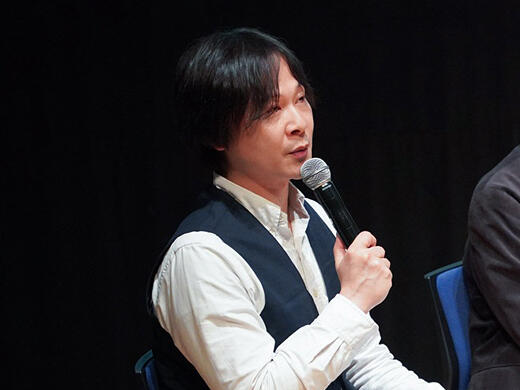
Gen Sobue (Chairperson and President, Aichi Medical University), the Program Director for Goal 2, who responded to this question, scratched his head and said, "It seems simple, but it's an essentially difficult question." He pointed out the difference from "diagnosis" in current medicine, saying, "We can convey it to patients as a risk and encourage preventive efforts. However, when asked when and with what percentage probability onset will occur, it's not easy." After stating that it is essential to improve accuracy from multiple angles based on massive data, he expressed his thoughts: "Since it's probability theory like weather forecasting, mechanisms to enhance utility value would probably need to be tested in Goal 2."
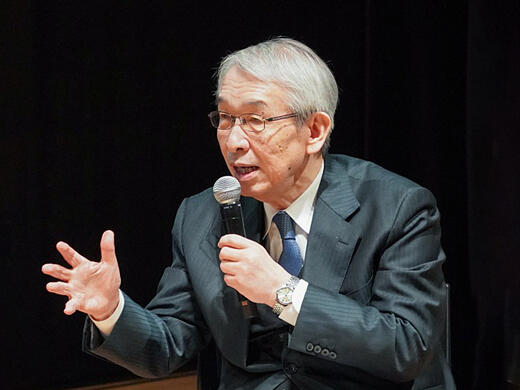
In response, Takahashi raised the issue: "With a 30% chance of rain, people would be divided between those who take an umbrella and those who don't. Patients will be forced to choose whether to accept the possibility of being wrong and still receive treatment or not." Honda also chimed in, saying "Patients' attitudes will also be questioned."
Seventy percent show acceptance: The challenge is rulemaking
The latter half of the panel discussion developed topics about ELSI (Ethical, Legal, and Social Issues). Intervention during the pre-disease period, which can be said to be an unprecedented concept, cannot be ignored by patients either, as mentioned in the previous discussion. A survey conducted at Miraikan as part of Goal 2 showed that 70% of people accepted the use of biological data for prevention, but the part that was conducted in a venue where relatively high-interest groups gathered should probably be discounted.
In the first place, detailed biological data is information that is extremely close to personal information and should be used carefully. The Goal 2 members also recognize this as a challenge, and it was impressive that statements urging the rapid creation of rules were frequently heard.
Sobue spoke about the progress of Goal 2, saying "Several lights have become visible," and touched on the value of the research, stating "We can leave a major impact on the next generation." As if demonstrating that "value," enormous national funds are being invested in the Moonshot Program. For this very reason, venues for transparently communicating results and challenges to the public should definitely be continued in the future.
We also hope that through discussions that properly involve the public, the form of "pre-disease intervention," which cannot be defined by current medicine, will be shaped.
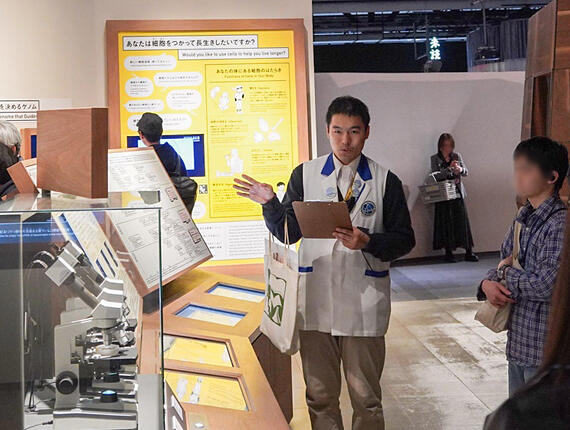
(SEKIMOTO Kazuki / Science Portal Editorial Department)
Original article was provided by the Science Portal and has been translated by Science Japan.




